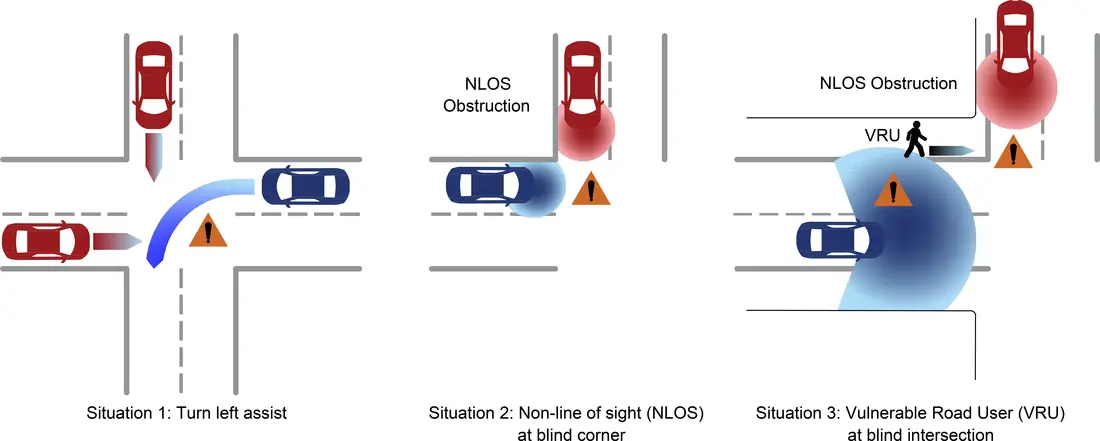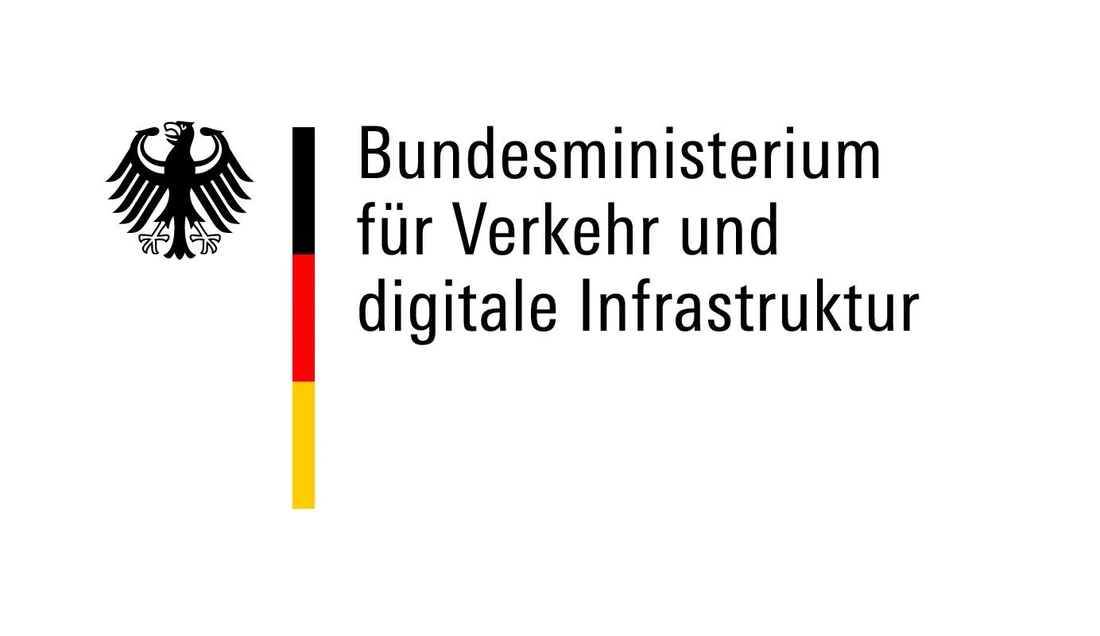The development of future intelligent mobility in urban traffic presents complex challenges, especially in critical scenarios such as intersections. In this sense, the field of view of the sensors mounted aboard the autonomous vehicle may not be enough to estimate many critical situations (see Fig. 1). To overcome this limitation, new methods of traffic observation and communication between the vehicle and external sensors, V2X-communication, are emerging. This is intended to open up new opportunities to increase the traffic safety of automated and connected driving.




![[Translate to English:] Logo Akkreditierungsrat: Systemakkreditiert](/fileadmin/_processed_/2/8/csm_AR-Siegel_Systemakkreditierung_bc4ea3377d.webp)








![[Translate to English:] Logo IHK Ausbildungsbetrieb 2023](/fileadmin/_processed_/6/0/csm_IHK_Ausbildungsbetrieb_digital_2023_6850f47537.webp)


